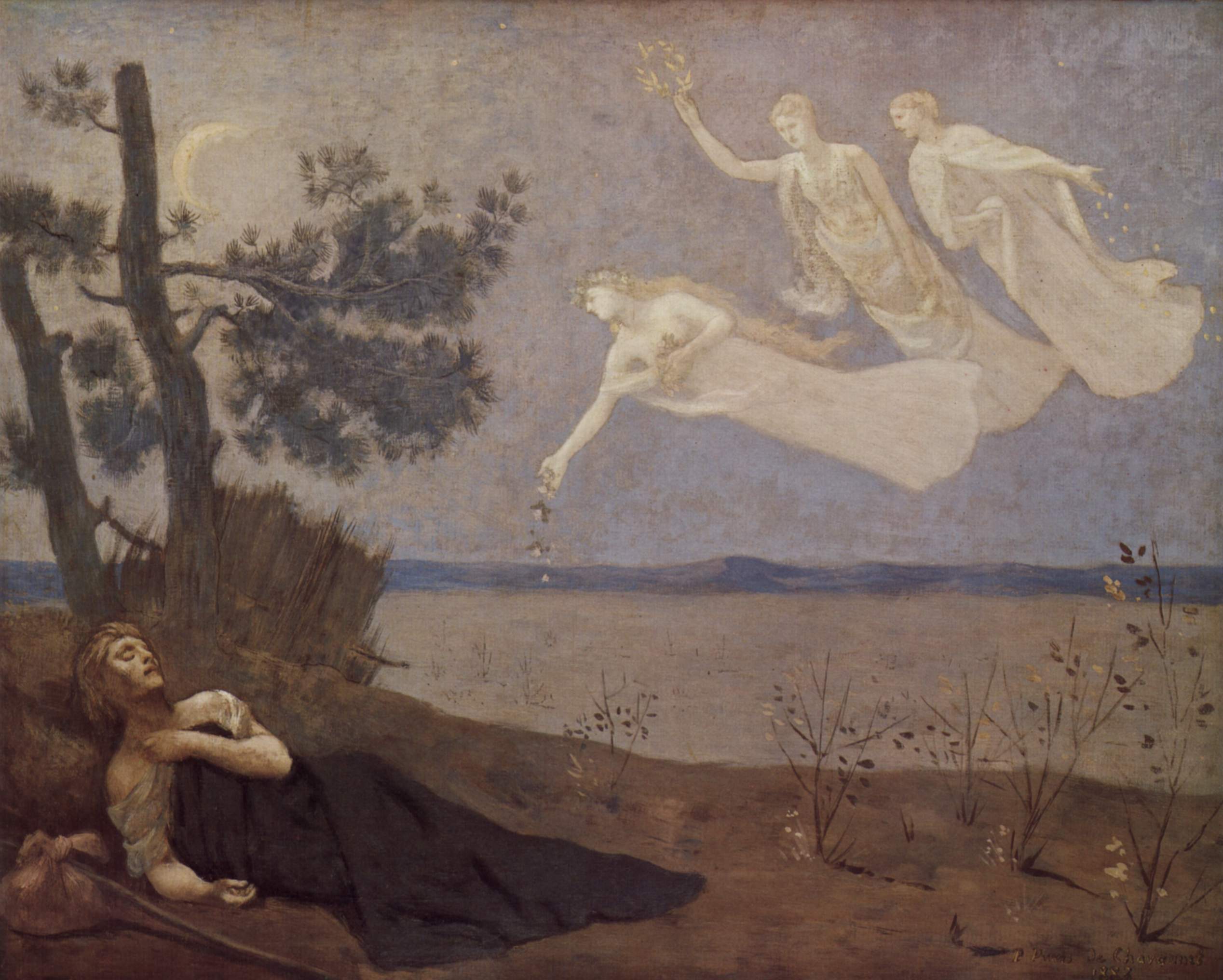
Fragments from Eric Schwitzgebel’s Why did we think we dreamed in black and white?
Prior to the rise of scientific psychology, scholars interested in dreaming generally stated or assumed that dreams have color. For example, Aristotle specifically includes colors among the remnants that sense-impressions may leave in the sense-organs and which thus appear to us in sleep (459a23–462a31, in Gallop, 1996). Epicurus describes the impressions we have in dreams as having color and shape (15A, in Long & Sedley, 1987). Descartes in his Second Meditation (Descartes, 1984; originally published 1641) describes a bit of wax as seeming to change color and wants to grant that such an appearance could come to him in sleep […]
Early scientific psychologists working at the end of the nineteenth century still implicitly treated dreams as colored. For example, by my count, 50% of the long dream reports (that is, reports over 15 lines of text) in Freud’s Interpretation of Dreams explicitly mention colors other than black, white and gray (Freud, 1931; originally published 1900). Presumably, that percentage would be even higher had Freud been inclined to ask whether there was color in dreams in which it was not spontaneously reported, […] and Titchener (1900) mentions ‘flashes of color’ as a primary cause of dreams. The shift appears to occur in the early twentieth century, in some cases among the very same researchers who previously assumed that dreams were colored: by 1900, a research assistant of Calkins reports that although 81% of a sample of her dreams involved visual experiences, fewer than half involved color sensations (Calkins and Andrews, 1900); and Titchener (1912) grants that some people see only shades of gray in their dreams. Bentley (1915) reports four times as many grays as colors in his sample of dreams. Twenty years later, Husband (1935) finds 40% of respondents to deny having color in their dreams.
What might explain the rise of the opinion that dreaming is predominantly a black and white phenomenon? It will likely have occurred to the reader that the first half of the twentieth century was the pinnacle of black and white media. Black and white photography was first made public in the 1830s, and became increasingly popular through the early twentieth century. […]
It is surely not chance that this flourishing of black and white media coincided with the flourishing of the opinion that dreams are a black and white phenomenon. The question is what to make of this fact.
Although the view that our dreams have color may be more appealing than the view that they are black and white, a third possibility is also worth considering— the possibility that dreams are neither colored nor black and white, that applying either of these categories is misleading.
Consider, as an analogy, a novel. While novels surely are not in black and white, it also seems a little strange to say that they are ‘in color’. Certainly novels make fictional attributions of color (‘she strode into the room in a dazzling red dress’) and refer to objects that normally have a particular color (‘she promptly chopped a carrot’). Maybe it makes sense to describe such fictional claims as ‘in color’ or partly in color. However, most elements of most scenes in novels do not have determinate colors in that way.
[…]
If you find yourself disinclined to think that novels, or the images evoked by novels, are properly described as being either in black and white or in full color, then you might likewise find yourself hesitant to apply the terms ‘black and white’ or ‘colored’ to dreams. Perhaps dream-objects and dream-events are similar to fictional objects and events, or to the images evoked by fiction, in having, typically, a certain indeterminacy of color, neither cerise nor taupe nor burnt umber, nor gray either.
One could go in a variety of directions with this thought. One might argue, for example, that the objects portrayed in black and white movies are of similarly indeterminate color, though they appear on the screen to be gray. Although our heroine is eating a bell pepper the screen image of which is gray, it does not follow that she is eating a gray bell pepper. Perhaps, then, the color of the bell pepper is indeterminate. Black and white movies, novels and dreams may be alike in somehow leaving indeterminate the colors of most of their objects—and that is something that color film cannot (or at least cannot easily) do. Perhaps this is a respect in which dreams are more felicitously compared to black and white than to color movies.
Read the full text here